THIS ARTICLE/PRESS RELEASE IS PAID FOR AND PRESENTED BY NTNU Norwegian University of Science and Technology - read more
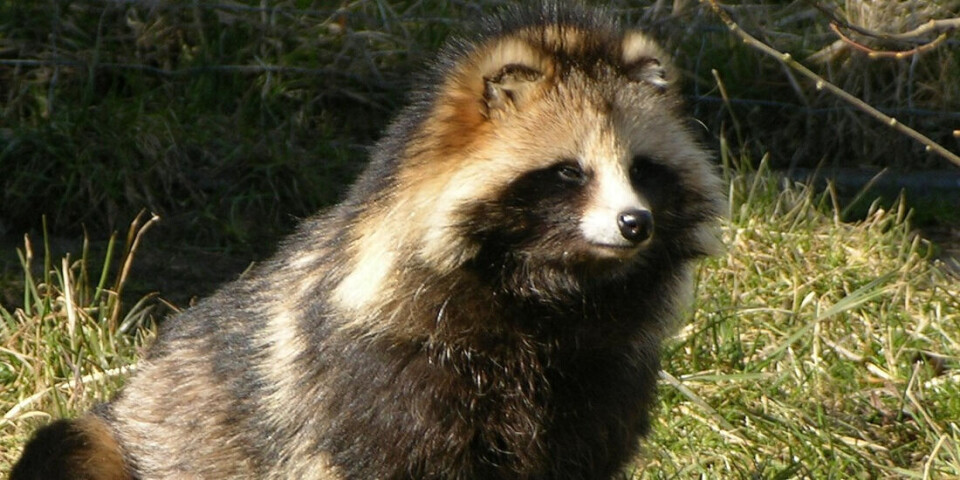
A new tool can help us gain a better overview of life on Earth
Approximately 47,000 different species have been identified in Norway – and there are probably many more.
Humans share the planet with several million species – but exactly how many million, we don’t know. At the same time, about one million species could be at risk of extinction, according to the UN.
“That’s why finding out which species we have is absolutely necessary,” Wouter Koch says.
He is a senior adviser at the Norwegian Biodiversity Information Centre (NBIC).
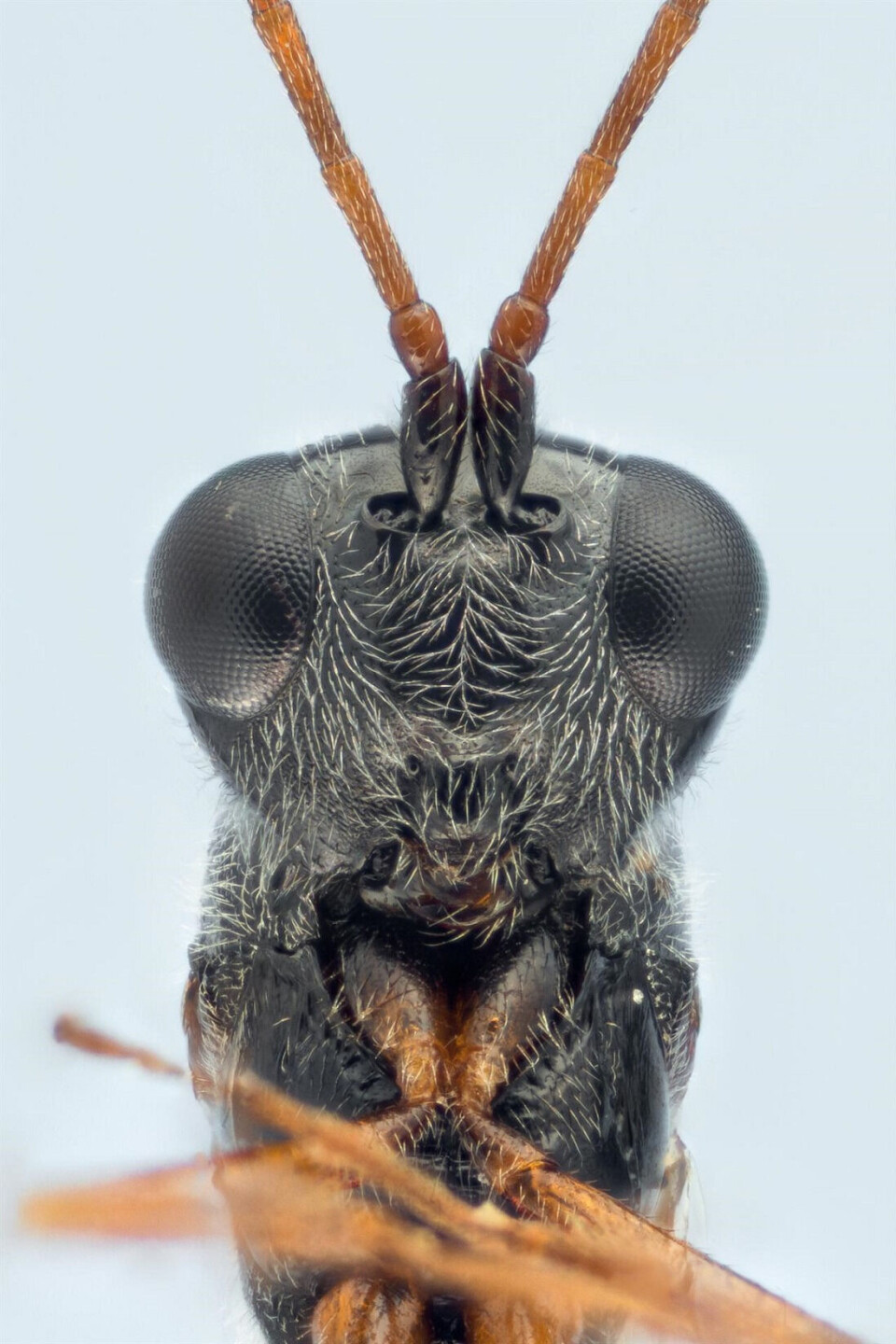
The threats to species diversity are numerous, but without knowing which species actually exist and how prevalent they are, preserving them is nearly impossible.
Koch and his colleagues at NBIC are collaborating with the NTNU Gjærevoll Centre and University Museum to develop a solution that can help us learn more about the species we know, and maybe to find new species.
But why do we currently know so little?
Lack of expert taxonomists
Approximately 47,000 species have been identified in Norway, but there could be more than 72,000. These numbers only apply to the most advanced species, such as plants and animals. Other species include bacteria and primordial bacteria, also known as ancient bacteria.
The reasons for our lack of knowledge are obvious: Building the taxonomic inventory is a massive undertaking, and distinguishing species from one other is often difficult. Experts in taxonomy – the system for classifying species – are also few and far between.
“Few people have the necessary skills and knowledge,” Koch says.
There is no shortage of students and researchers interested in biology, but they rarely choose to become specialists in identifying species.
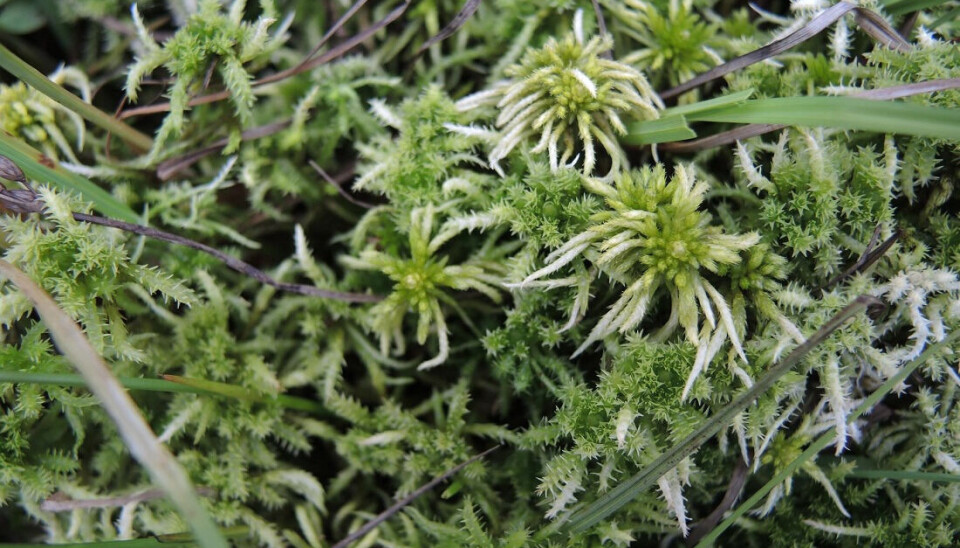
“Research and teaching programmes are not designed to train taxonomists. Becoming an expert takes a long time, and students receive little taxonomy instruction. Very few people have the opportunity to work with a species group in peace and long enough to become experts at it,” Koch says.
But this is critical work. Researchers need the help of professionals in the field if they are to have any chance of finding out more.
Plenty of opportunities for error
“Luckily, there are committed amateurs who would like to help find new species and increase our knowledge about those we already know exist. But some of these amateurs might need help doing the work the right way, especially in the beginning,” Koch says.
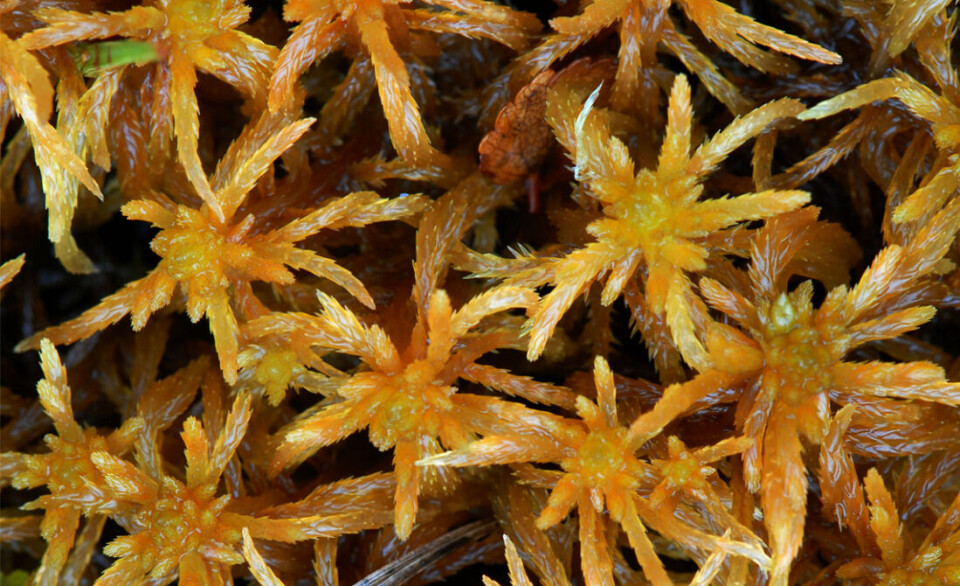
The work is difficult enough for professionals with extensive education and experience. Citizen science needs to be incorporated into a trusted system to ensure the data’s reliability.
The many possibilities for making mistakes rank among the major problems with species identification.
Millions of species have yet to be identified. Some species may already have been identified several times under several different names. And what was thought to be one species might actually turn out to be several species that are very similar to each other.
Whether we are dealing with a new species, or just a variant of a species we already know, is also not always easy to determine.
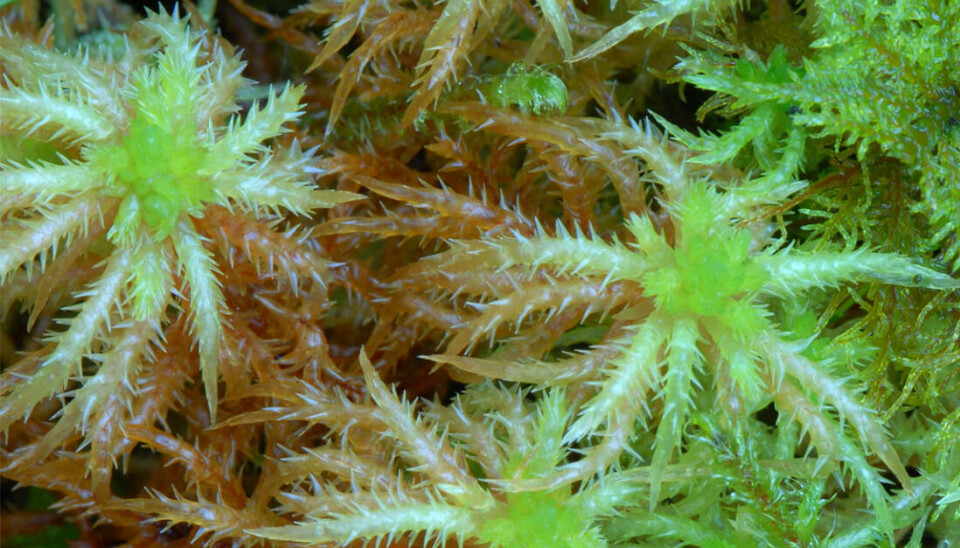
New system can clean up the mess
Part of the problem has been the lack of a versatile and open shared format for digitising data on how species are identified.
Today, identification is largely based on printed tables and keys, often published in journals and in technical language that is not easily accessible for most people.
Koch and colleagues are now working on a system that can bring order to the chaos.
New identification keys
“Experts have worked out digital identification keys for identifying species,” Koch says.
The keys consist of a set of questions and answers that together contain the information needed to distinguish groups of species from one another. Within the key, each species has a unique combination of traits that distinguish it from other species in the group.
For example, a trait as fundamental to tits as the colour of the top of their head distinguishes the great tit with its black head from the blue head of an Eurasian blue tit.
All in all, the keys can make it easier for amateurs, students, and experts alike to share information with other people and to locate information about a species they have found.
But a set of common rules is needed.
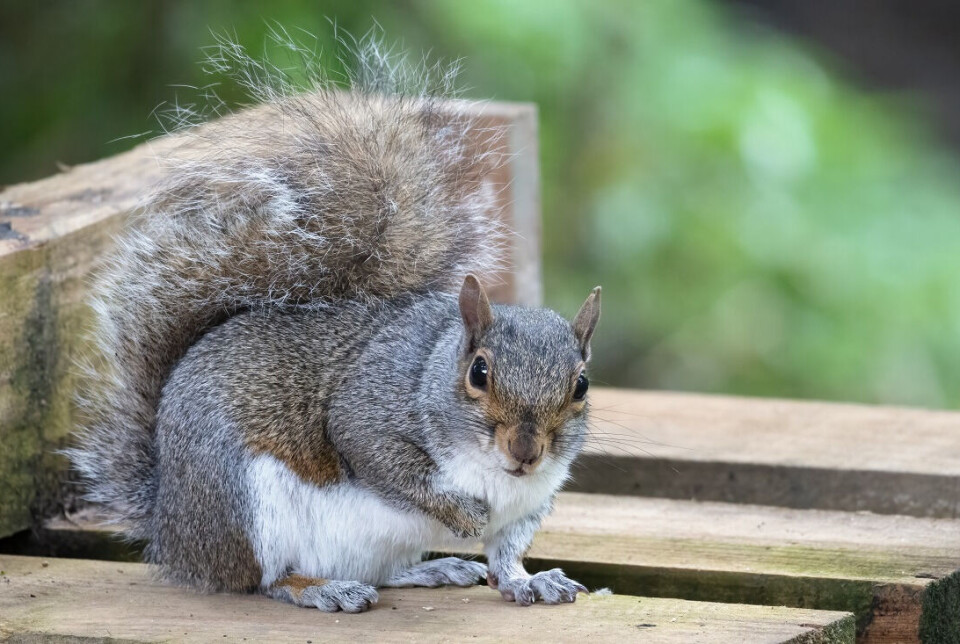
“Digital identification keys are really useful, but currently there’s no fully open standard format for entering the information,” Koch says.
He and his colleagues hope to remedy this.
The researchers have developed an open and free data format called Clavis, which they hope will become a standard in the field. Clavis means 'key' in Latin, but is also an abbreviation for Clavis Lightweight And Versatile Identification Schema.
“The content will probably never be complete or finished. But now we at least have a system to store and share the expert knowledge that is needed. It’s a huge step in the right direction compared with the current situation, where this kind of knowledge just ends up as text in the professional literature,” Koch says.
A format, not a software program
The finished system has been developed on the basis of extensive experience. Clavis is not a separate software or app – and that was a conscious choice.
“This is a possible common method of entering data that enables the data to be compared," Koch says.
Clavis is therefore not limited to one software package or one app. People who develop software can freely use the standard, thereby increasing its widespread use.
“This point is hugely important,” Anders G. Finstad says.
He is a professor in the Department of Natural History at the NTNU University Museum and the Gjærevoll Centre.
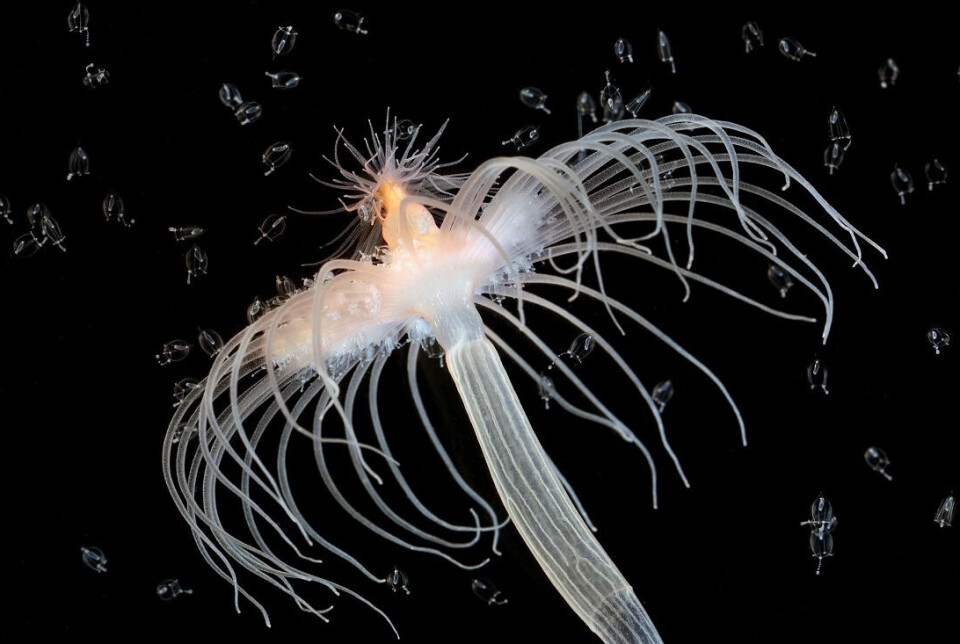
“The fundamental aspect for being able to exchange data is for data from different applications to be able to talk to each other. This isn’t possible without standardising the information at the foundational level. If we tie data standards to specific applications, we limit the possibility of developing new and creative solutions," Finstad says.
“But a standard only becomes a standard if people start using it,” Wouter Koch says.
Format launching internationally
“We’re working on launching this standard internationally – both through publications and international organisations for standards in biodiversity informatics,” Finstad says.
Further, he adds that internationalising Clavis is incredibly important because nature knows no borders.
"We’re completely dependent on being able to share information about biological diversity – and about the identification of this diversity – with the rest of the world if we want to meet the major challenges we face in limiting the loss of biological diversity,” he says.
Easier for amateurs too
If Clavis is introduced as the standard, amateurs could more easily identify species themselves by using several types of software that have adopted the common format.
This could in turn remove some of the pressure on the limited number of experts in the field.
“Then it would be easier to find out more about all our species,” Koch says.
Finally, Clavis can also help find new species.
“To recognise that something is actually something else, we first have to be well acquainted with what we already know. We can learn that with the help of good identification keys and a lot of experience,” he says.
References:
Koch et al. Clavis: An open and versatile identification key format, PLOS ONE, 2022. DOI: 10.1371/journal.pone.0277752
Read more content from NTNU:
-
Why are pregnant women in Norway so worried?
-
Politics on Facebook: Populist parties choose divisive issues on purpose
-
Social media is connected to cyberbullying – but not how we thought
-
Forskere ved NTNU får nesten 24 millioner av EU for å lage nye strømomformere
-
This helps the youngest children enjoy school more
-
Can we tap the ocean’s power to capture carbon?





































